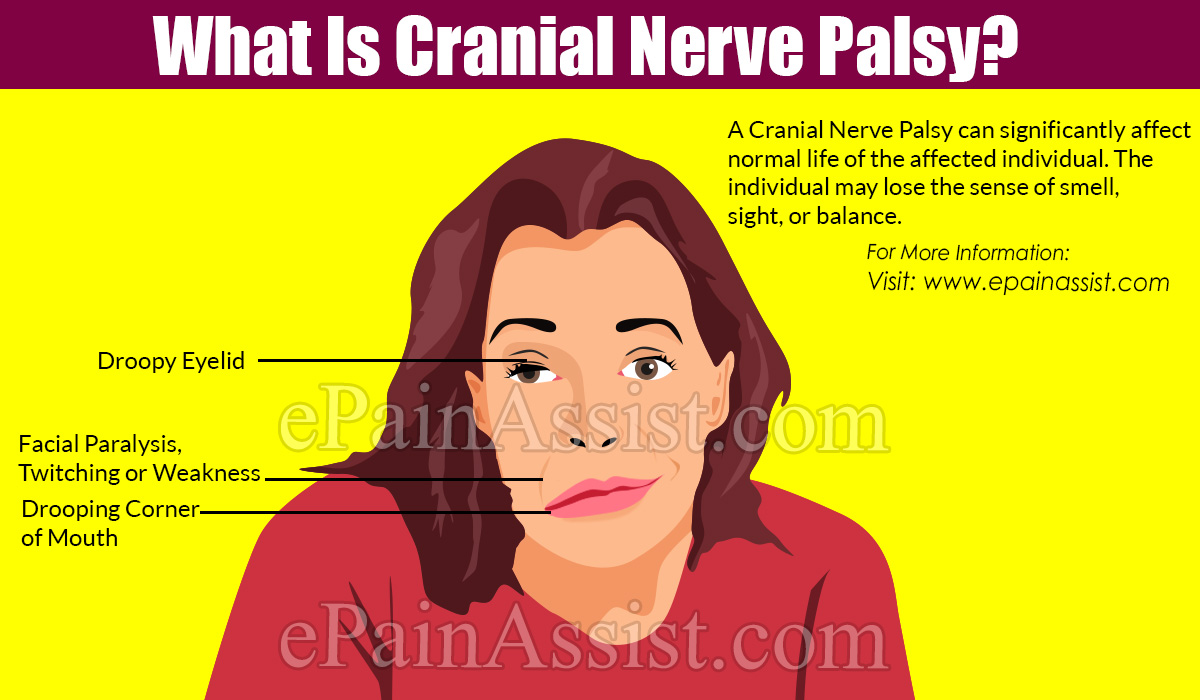What Is Cranial Nerve Palsy?
In order to understand Cranial Nerve Palsy, it is imperative to understand what Cranial Nerves are and their functions. The cranial nerves originate from the brainstem. The brainstem connects the spinal cord to the brain and is an integral part of the nervous system. The function of the cranial nerves is multiple. It is because of the cranial nerves that an individual can see, smell, has a sense of balance, can hear things, and has a sense of taste.
Sometimes what happens is that for some reason, which has been delineated below, the cranial nerves do not function normally. This results in partial weakness or complete paralysis of the region which that particular cranial nerve caters to. This is what is termed as a Cranial Nerve Palsy.
Some cranial nerves have multiple functions and a palsy of a cranial nerve may affect some or all the functions carried out by the affected cranial nerve. A Cranial Nerve Palsy can significantly affect normal life of the affected individual. The individual may lose the sense of smell, sight, or balance. This article highlights some of the probable causes for a Cranial Nerve Palsy.

What Causes Cranial Nerve Palsy?
Studies suggest that cranial nerve palsy can be congenital, meaning that a child is born with a defective cranial nerve. This may be due to certain hereditary disorders. Another probable cause for Cranial Nerve Palsy is direct blow or trauma due to act of violence such as a gunshot wound or a stabbing injury or a motor vehicle collision in which a particular cranial nerve gets damaged resulting in Cranial Nerve Palsy.
Certain underlying medical condition like hypertension or diabetes may also cause the cranial nerve to malfunction resulting in cranial nerve palsy. An individual who has had a stroke or any aneurysm is also at risk for having Cranial Nerve Palsy.
Additionally, certain infections may also cause cranial nerve palsy. Individuals who suffer from migraine disorder, or have tumors near the region of a cranial nerve, or have increased intracranial pressure can also have cranial nerve palsy.
If Cranial Nerve Palsy is suspected in an individual, then it is highly recommended that diagnostic tests be conducted to identify the exact cause of the condition so that an effective treatment plan can be formulated to treat Cranial Nerve Palsy.
Also Read:
